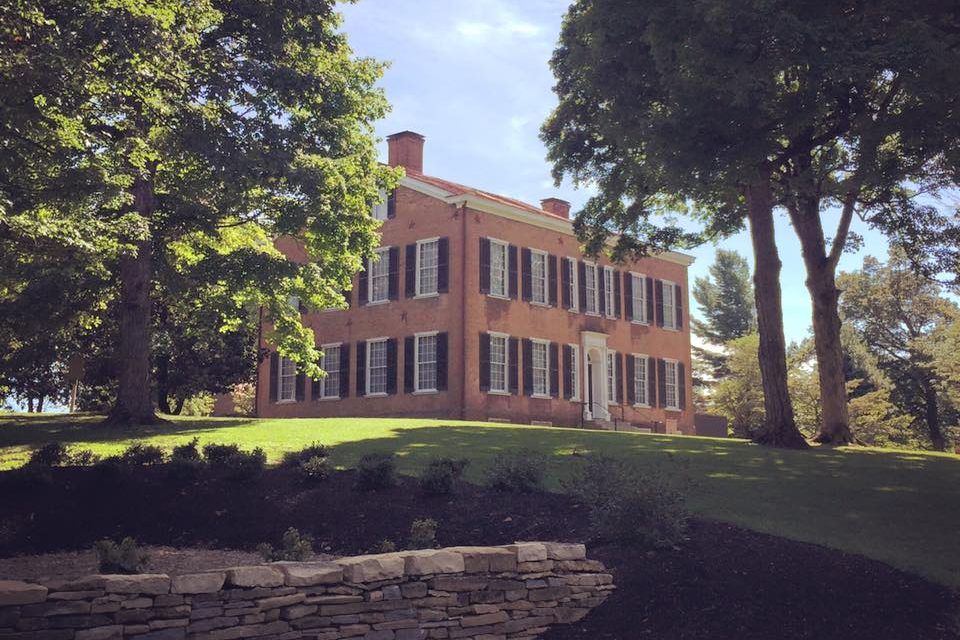Anyone who has spent a significant amount of time in Kentucky is familiar with Stephen Foster’s iconic composition “My Old Kentucky Home.” Published in January 1853 by Firth, Pond, & Co. of New York, the song captures the essence of a bygone era while celebrating the enduring spirit of Kentucky and its people. At its heart, “My Old Kentucky Home” is a love letter to the Bluegrass State and its rich cultural heritage. Through its poignant verses and timeless melody, the song pays homage to the land and its people, weaving together themes of home, belonging, and resilience.
Yet, beneath its veneer of nostalgia, “My Old Kentucky Home” also carries a deeper significance. Inspired by Harriet Beecher Stowe’s anti-slavery novel Uncle Tom’s Cabin, the song serves as a reminder of the complexities and contradictions of the antebellum South. While it celebrates the beauty of the land, it also acknowledges the harsh realities of slavery and the pain of displacement. In his 1855 autobiography “My Bondage and My Freedom,” renowned social reformer, abolitionist and statesman Frederick Douglass wrote that the song “awakens sympathies for the slave, in which antislavery principles take root, grow, and flourish.”
From its adoption as the state song in 1928 to its continued presence at events such as the Kentucky Derby to its performance by college bands throughout the state, the song remains a beloved symbol of pride and unity for Kentuckians across generations.
The song’s appeal transcends the borders of Kentucky, being covered by a variety of artists from Louis Armstrong to Judy Garland to John Prine. Through its universal appeal and enduring message, “My Old Kentucky Home” continues to weave its melody into the fabric of American culture.

